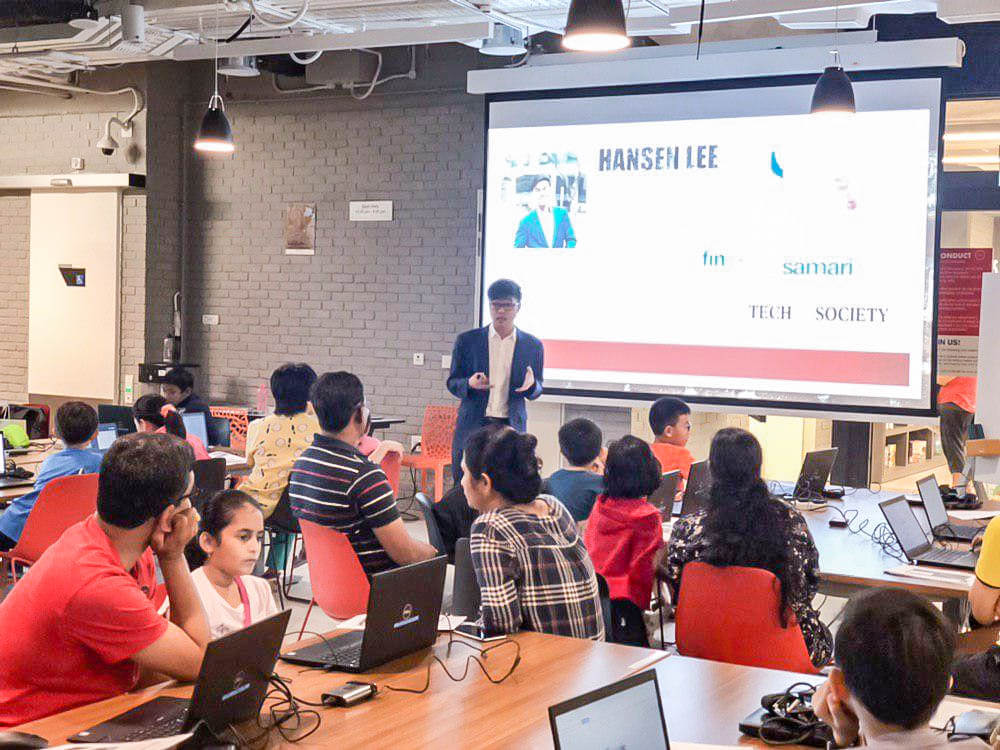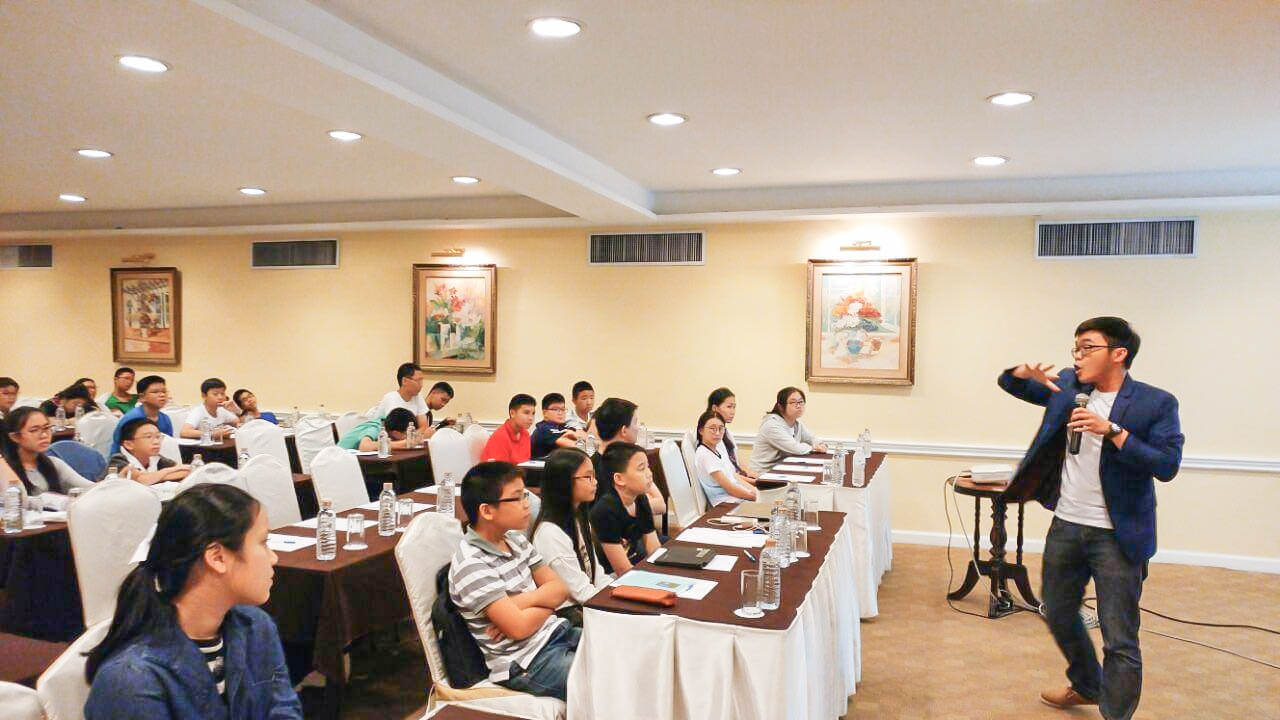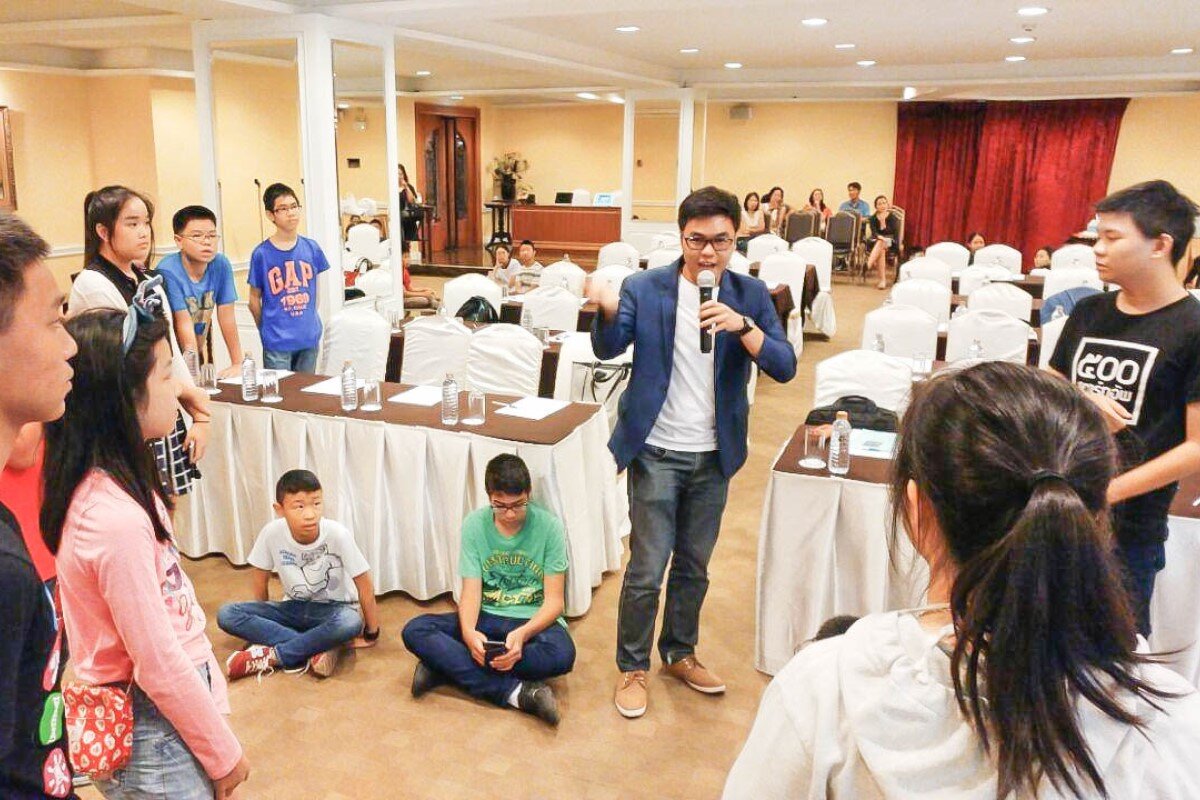Hansen Lee Teck Hui is an alumnus from the SMU School of Information Systems and an alumni trainer in the Citi-SMU Financial Literacy Programme for Young Adults. He runs an educational enrichment company, Heuristics Science, and business was severely impacted by the measures put in place to contain the spread of Covid-19 locally. Undeterred by the challenges, Hansen saw the opportunity to re-focus his business by adopting e-learning quickly and effectively. Here he shares his insights and tips on navigating a business through crisis.
By Hansen Lee Teck Hui, Alumnus, SMU School of Information Systems
On 3 April 2020, the Singapore government announced a series of circuit-breaker measures to curb the spread of Covid-19. Among these measures, schools were to shift to full home-based learning for a month. The announcement did not completely catch me by surprise, but I was concerned about how my educational enrichment company, whose primary mission is to impart the love of Primary School Science to students, would fare as I did not have a good business continuity plan in place. How could I continue to run my business when my students couldn’t meet my teachers?
I knew I had to pivot and use this opportunity to reposition my business by adopting e-learning.
Synchronous or asynchronous: which is better?
Synchronous learning takes place in real-time where students receive immediate feedback from their teachers—think of physical classes, or live webinars with instant messaging. On the other hand, asynchronous learners have the freedom to complete their learning any time, anywhere by accessing recorded lessons.
As a student, I am more in favour of synchronous learning, as I like to interact with teachers and peers, and I believe that’s where actual learning takes place. However, the pandemic had me thinking—why not make both options available? Recording the live sessions and putting them online will benefit students who are unable to attend lessons for any reason, while the rest of the students can also watch the videos when revising for their examinations.
While I remain sceptical of the efficacy of full-online delivery of lessons, the Covid-19 situation has enabled parents, students and teachers to experiment and realise the usefulness of online learning. I foresee that going forward, the “new normal” in children’s education enrichment will take on a blended format where lessons are conducted both online and offline.

E-learning is more than just uploading materials onto the web
A friend of mine had said to me: “Conducting online classes is not that difficult—just record yourself teaching as if you are in front of a class”. To this, I beg to differ, as it is quite unlikely for students to sit in front of their laptop for a good one hour, listening to your teaching, while there are numerous distractions at home from snacks to a chatty sibling.
To manage this, I designed lesson plans with rich activities to engage the students within the one-hour lesson time. I typically start by stating clearly the learning objectives for the session, show some videos related to the topics and conduct polls to assess their understanding of the topics. I would also capture their attention through various forms of ‘edutainment’. For instance, when explaining “adaptation”, I camouflaged as different animals to share why and how animals camouflage to adapt to their environments. The kids loved the show!

Know your customer
The parents of my students are also my customers. With most of them from Gen-X, they are doubtful about the effectiveness and also cautious about the safety of e-learning.
Changing their mindsets was not easy. To give them a preview to e-learning, I offered them two free trial classes each. Through these, they realised that the system was pretty simple to use and that their kids had enjoyed the trials and loved the experience too.
In addition, following the worldwide “Zoombombing” incidents where uninvited guests hacked into video conferencing calls, I put in place strict protocols, such as the verification of all students’ identities and locking the lesson once it commences, to assure parents of their children’s safety.

Entrepreneurial spirit across the board
The pandemic has affected the revenue of my company to some extent. In such a situation, it was crucial to engage everyone to contribute ideas that could allow us to bring in more revenue and at the same time, streamline operations. As a result, we came up with the idea of broadcasting our experiments in a talk show format on Facebook Live, and this brought us many new customers. Re-assessing our operations also helped us identify what were the must-haves and good-to-haves processes within our operations.
There were of course, some who considered it troublesome to shift lessons online. As a business owner, I had to encourage my team to learn, unlearn and relearn so that they can remain agile and self-empowered to tackle this pandemic.
Be vulnerable, be human
The crisis hit everyone. I had sleepless nights thinking about how the business was going to survive, and I learnt one thing: don’t be ashamed to share your concerns and ask for help.
I talked to my staff and explained the difficult situation and how team effort was essential to get us through the difficult period. In return, I received their support. I met the landlord and negotiated for a waiver of the rental fees—to which, they agreed to waive one month of our rental.
The Government had also taken a pro-active approach to support businesses with the various Budgets they had put out. Utilising the Productivity Solution Grant (PSG), I bought some off-the-shelf solutions to enable our teachers and admin staff to operate from home.
Our lives will never go back to the way we used to live. And I believe it is for the better.
We will see a “new normal” emerging—one which Jack Ma of Alibaba had coined the “O2O” (Offline to Online) where learning will take place in both online and offline spaces simultaneously.
I urge everyone to be more aware of the changing business needs even after Covid-19 has passed. There will be opportunities for those who are prepared.
I am ready for them. Are you?











